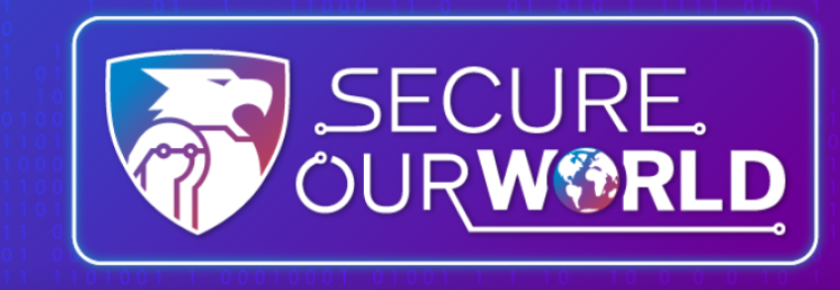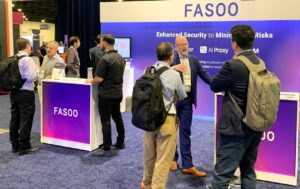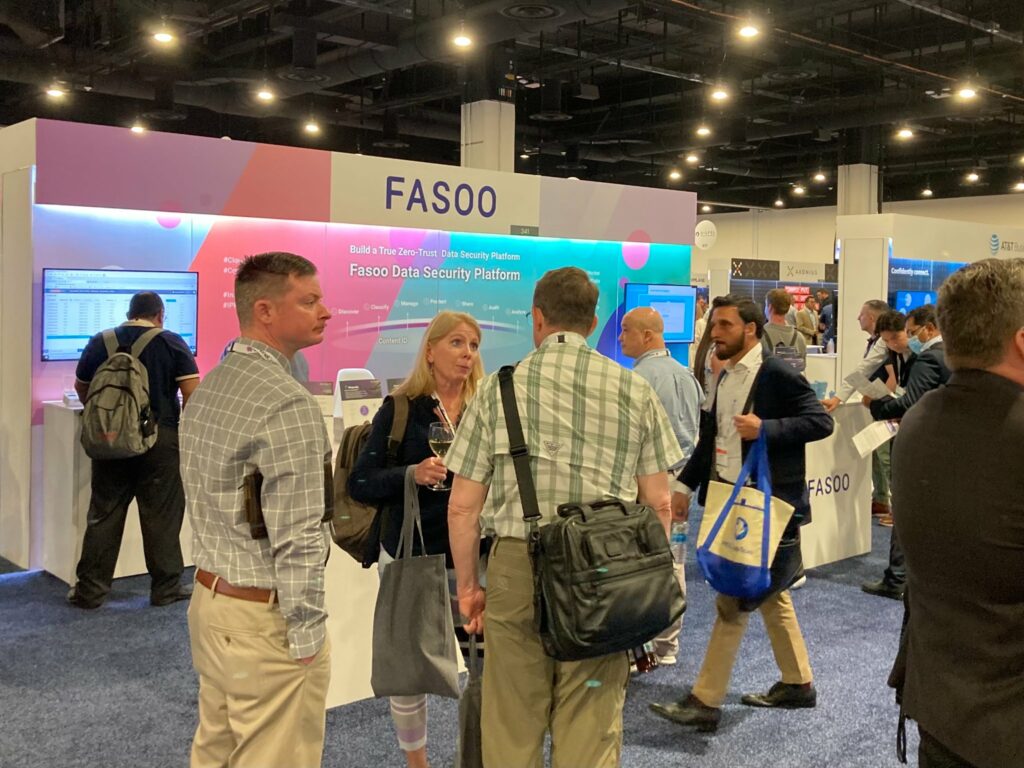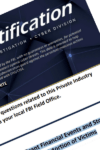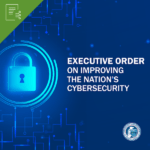
- Businesses are struggling to protect and manage intellectual property (IP) and sensitive data subject to privacy requirements, as users share documents internally and with third parties. A focus at this year’s Black Hat MEA in Riyadh, Saudi Arabia (KSA) was on complying with data protection regulations, like the National Data Management Office (NDMO) and National Cybersecurity Authority (NCA) standards. Organizations working with the government must comply with these standards and in general need to...
- Businesses are struggling to protect and manage intellectual property (IP) and sensitive data subject to privacy requirements, as users share documents internally and with...

